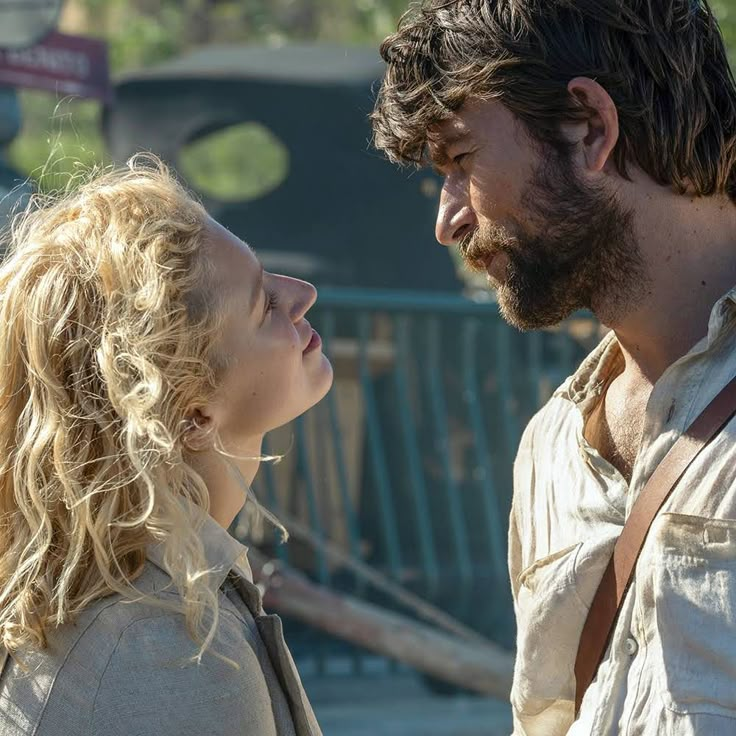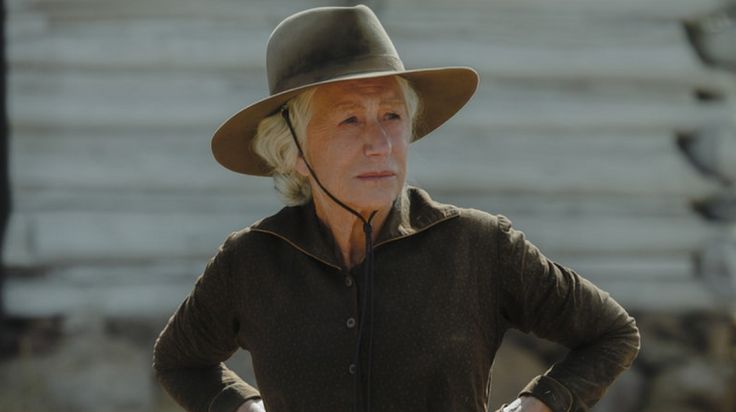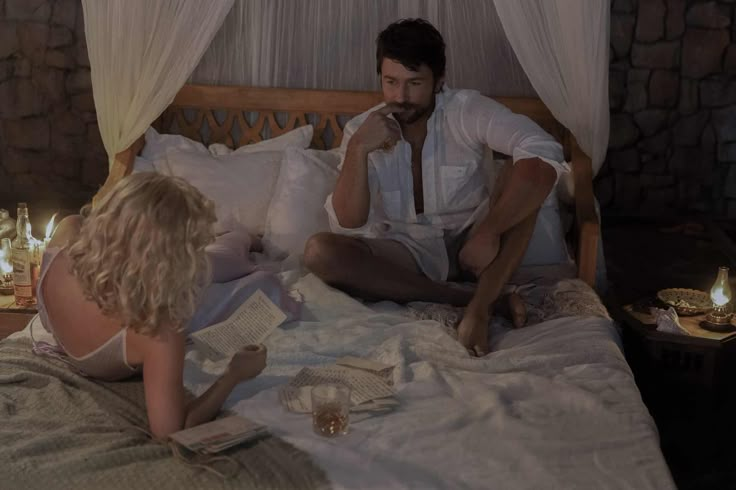
Taylor Sheridan’s Yellowstone franchise has captured the attention of millions, bringing viewers to the heart of the American West. With its compelling storylines, intriguing characters, and epic landscapes, it’s no wonder the Yellowstone prequel series, 1923, sparked excitement when it was announced. But recently, fans have been left wondering: why won’t 1923 be returning for a third season?
In this article, we’ll break down the reasons behind 1923’s cancellation and what led to the show’s abrupt end. Get ready for a deep dive into the factors influencing its future, including everything from audience reception to behind-the-scenes drama.

The Rise and Fall of 1923: What Happened?
When 1923 debuted, there were high expectations. Following the success of Yellowstone and its prequel 1883, fans were eager to see another installment in the Yellowstone universe. The show explored the early days of the Dutton family, focusing on patriarch Jacob Dutton (played by Harrison Ford) and his wife Cara (Helen Mirren). It was meant to showcase the challenges and triumphs of the Duttons as they navigated a rapidly changing world.
Despite the star power and compelling premise, 1923 didn’t maintain the momentum expected by the network. Viewership numbers fluctuated, and despite positive reviews, the ratings didn’t match the heights of previous Yellowstone spin-offs.
Why the Ratings Didn’t Stack Up
1. Strong Competition in the Streaming Wars
In the ever-competitive world of streaming, standing out is becoming increasingly difficult. 1923 premiered at a time when major streaming platforms were releasing blockbuster series left and right. With shows like House of the Dragon and The Lord of the Rings: The Rings of Power capturing attention, 1923 had a tough fight for viewers’ loyalty.
Even with Sheridan’s reputation as a writer and producer, 1923 couldn’t avoid the fierce competition. Streaming giants like Netflix, HBO Max, and Apple TV+ introduced shows with similarly high production values and gripping storylines, diverting potential audiences from 1923.
2. Mixed Reception From Fans and Critics
While 1923 boasted a strong cast, including two Hollywood legends in Ford and Mirren, the series did not resonate with everyone. Some fans of Yellowstone felt disconnected from the prequel, which lacked the same level of grit and familiarity that the original series brought to the table.
Critics also highlighted some pacing issues and uneven character development. Although the show had its moments of brilliance, many viewers found themselves growing impatient with certain narrative choices, such as the slow-burning plotlines and occasionally drawn-out scenes. This lukewarm reception likely impacted the show’s overall viewership and contributed to the decision not to renew it for a third season.
3. The Cost of Big-Name Talent
Harrison Ford and Helen Mirren are undoubtedly two of the most recognizable names in Hollywood. While their involvement in 1923 gave the show prestige, it also came with a hefty price tag. Paying top dollar for big-name talent is always a gamble, and sometimes, the returns aren’t as high as expected.
It’s possible that the production costs for 1923 were simply too high relative to the audience numbers it generated. When a show struggles to break even or is deemed unlikely to deliver a significant return on investment, the network may decide to pull the plug. In this case, the expense of Ford and Mirren’s star power might not have been justified by the show’s viewership.

4. Creative Fatigue and Overextension
One major factor contributing to 1923’s downfall is the sheer number of Yellowstone-related content. Taylor Sheridan has been incredibly prolific, creating multiple spin-offs in a short period, including 1883, 1923, and the upcoming 6666. While fans have loved the world-building within the Yellowstone universe, there’s only so much saturation that an audience can handle before interest wanes.
Sheridan’s creative energy may have been spread too thin, and the demand for more Yellowstone prequels could have resulted in diminishing returns. When the narrative feels stretched, or when viewers start to experience “franchise fatigue,” it’s hard for a show to stay relevant.
What Could Have Saved 1923?
1. Stronger Connection to Yellowstone
One of the biggest missed opportunities with 1923 was the lack of a stronger tie to the events and characters of Yellowstone. While the show touched on the early days of the Dutton family, it didn’t do enough to make fans feel as though they were getting an essential piece of the larger puzzle. If the show had incorporated more direct connections to the Yellowstone storyline, fans might have been more inclined to stick around.
2. Tightening the Plot
The slow pace of 1923 was a major complaint from viewers. More action-packed sequences, alongside a tighter plot, could have kept the audience more engaged. A faster-moving storyline would have drawn in those who found the pacing a bit too sluggish.
3. More Character Depth
While Ford and Mirren delivered solid performances, some critics felt that the characters lacked depth. In a world where character development is king, the lack of meaningful growth and emotional connections may have made it harder for viewers to invest in the story. Giving the Duttons more of a personal arc could have made a huge difference.
Why Will We Never See a Third Season?
1. Network Priorities and Shifting Focus
At the end of the day, the network’s decision to cancel 1923 for a third season boils down to their business priorities. Networks and streaming platforms operate on the principle of return on investment. If a show is not pulling in enough viewers or generating enough buzz, it’s likely to be canceled in favor of something that will. In the case of 1923, the network might have decided that focusing on other projects within the Yellowstone universe or new content entirely was a better financial move.
2. Taylor Sheridan’s Vision
Taylor Sheridan has always been clear about the direction he wants to take his stories. Perhaps 1923 simply didn’t align with his long-term vision for the Yellowstone universe. Sheridan may have already been thinking ahead to other projects, and after two seasons, 1923 might have fulfilled its narrative purpose. If the show didn’t fit into his broader plans, then a third season would have felt like an unnecessary extension.

3. The Changing Landscape of TV Shows
Finally, the evolving nature of television and streaming means that shows are no longer guaranteed multi-season runs. With limited series becoming more popular, it’s entirely possible that 1923 was always intended to be a short story—two seasons, start to finish—without the need for additional seasons. As audiences continue to embrace shorter, more concise storytelling, long-running series are no longer the only model for success.
Conclusion
In the end, the cancellation of 1923 for a third season is a combination of factors: mixed reception, high production costs, network priorities, and the oversaturation of content in the Yellowstone universe. While the series had all the right ingredients for success—talented actors, a compelling setting, and a fascinating premise—it couldn’t capture the same level of attention that its predecessor, 1883, had. Unfortunately, this led to its cancellation, leaving fans to wonder what could have been.
As we bid farewell to 1923, we can only hope that Sheridan’s future projects will continue to keep us captivated by his storytelling prowess. In the meantime, Yellowstone fans will need to keep their eyes peeled for the next chapter in the Dutton family saga.
